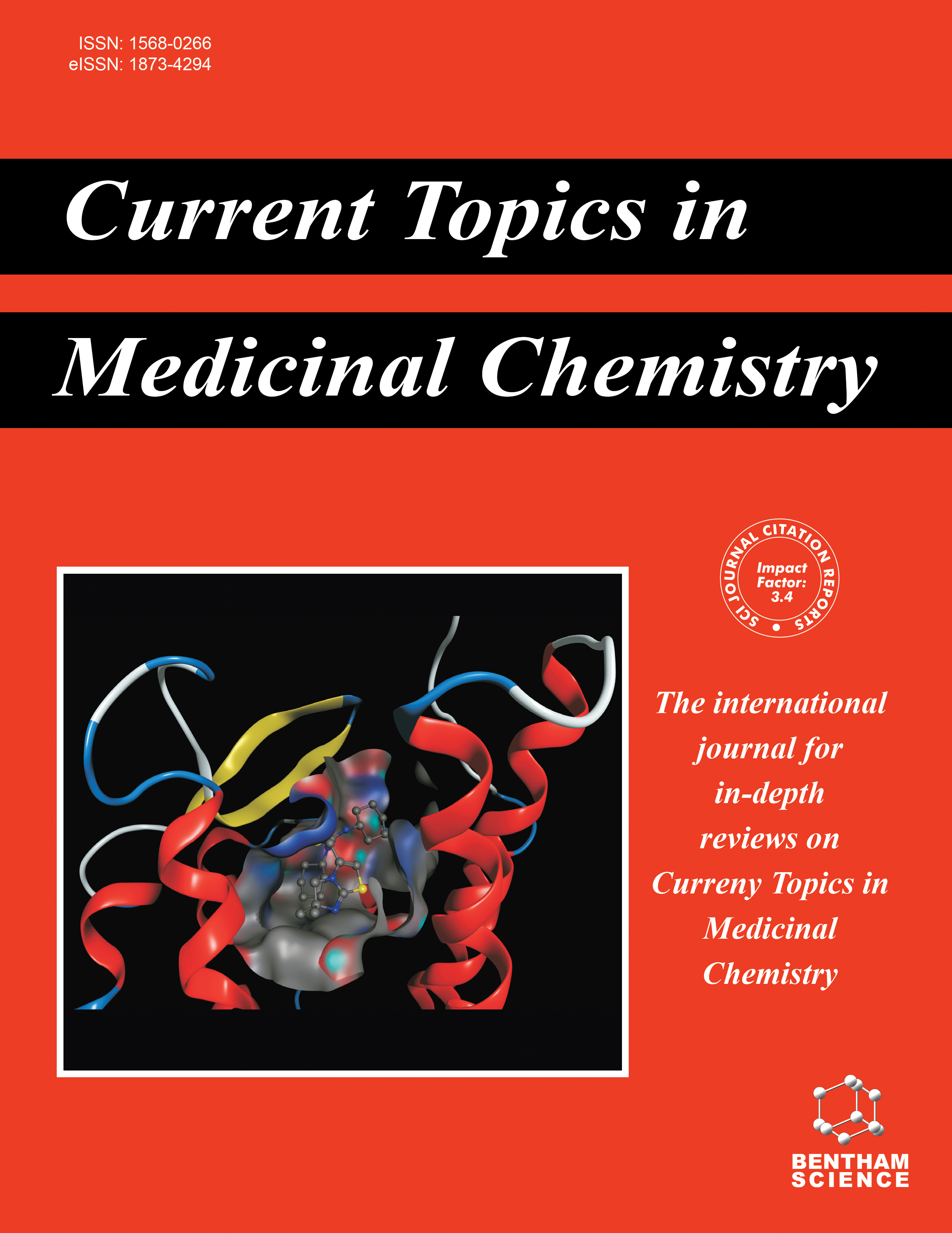
Full text loading...
Cancer is a disease that affects people of all ages, socioeconomic backgrounds, genders, and demographics. It places a significant burden not just on those who are diagnosed but also on their families and communities. Targeted therapeutic medications have surpassed more conventional forms of chemotherapy in terms of both their effectiveness and safety, which leads to their rapid ascent to the forefront of cancer treatment. A growing number of small molecules have been created for the treatment of cancer, and several of these drugs have been approved to be sold in the market by the Food and Drug Administration of the United States. Small molecule targeted anticancer therapies have made significant progress in recent years, yet they continue to struggle with a number of obstacles, including a low response rate and drug resistance. We have carried out an exhaustive study on approved small-molecule targeted anticancer medications, as well as important drug candidates. This review describes the significance of approved anticancer drugs from 2021 to 2024, clinically active anticancer drugs, and the methods used for their synthesis.

Article metrics loading...

Full text loading...
References


Data & Media loading...

